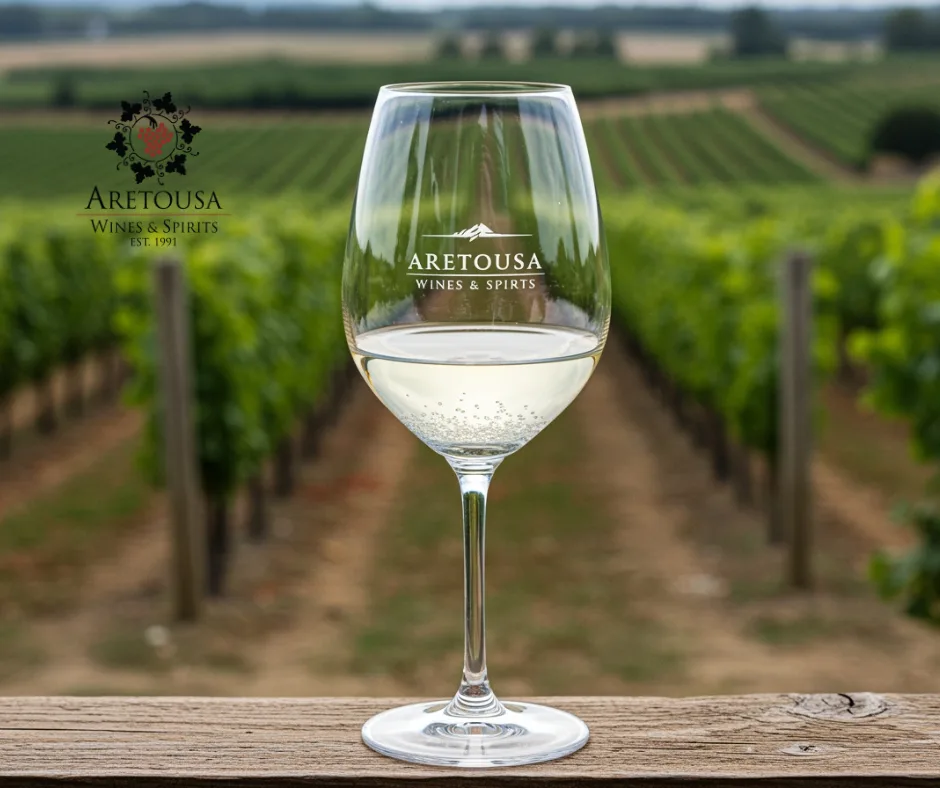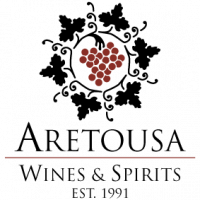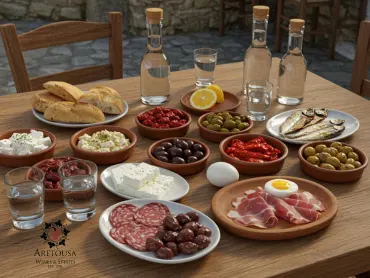White Crystals in the Wine Bottle or Glass – What Are They?
Δευτέρα 30 Νοεμβρίου 2020
What are these white crystals?
These small crystals are called tartaric salts (or tartaric crystals) and are a natural, harmless component of wine. They originate from tartaric acid found in grapes, which combines with minerals such as potassium and calcium absorbed from the soil where the vines grow.
Where do tartaric salts come from?
-
Natural origin from soil and grapes
Tartaric salts come from tartaric acid naturally present in grapes, as well as from minerals found in the soil. The soil plays an important role, as the vine absorbs mineral elements that contribute to the formation of these salts. -
Formation during winemaking process
During fermentation and maturation, the wine develops tartaric acid that reacts with minerals to form crystals. These crystals typically accumulate at the bottom or on the walls of the bottle. -
Influence of temperature
When wine is chilled—either during storage or serving—the tartaric salts become less soluble and form these white crystals.
Does this mean something negative?
No! Tartaric salts are completely natural and do not affect the taste, aroma, or quality of the wine at all. In fact, their presence indicates that the wine has not undergone excessive processing and retains its natural character.
How to avoid the crystals if you don’t like them?
-
Store wine at a stable temperature: Avoid sudden temperature changes that encourage crystal formation.
-
Serve carefully: Pour the wine gently to avoid transferring crystals from the bottle to your glass.
-
Winemaking techniques: Some producers use cold stabilization methods to reduce crystals, but this can affect the wine’s natural qualities.
What to remember
These white crystals in wine are a natural phenomenon and a sign of quality. There’s no need to fear or discard them. Next time you see them, enjoy their natural presence or simply let them rest quietly at the bottom of the bottle!







